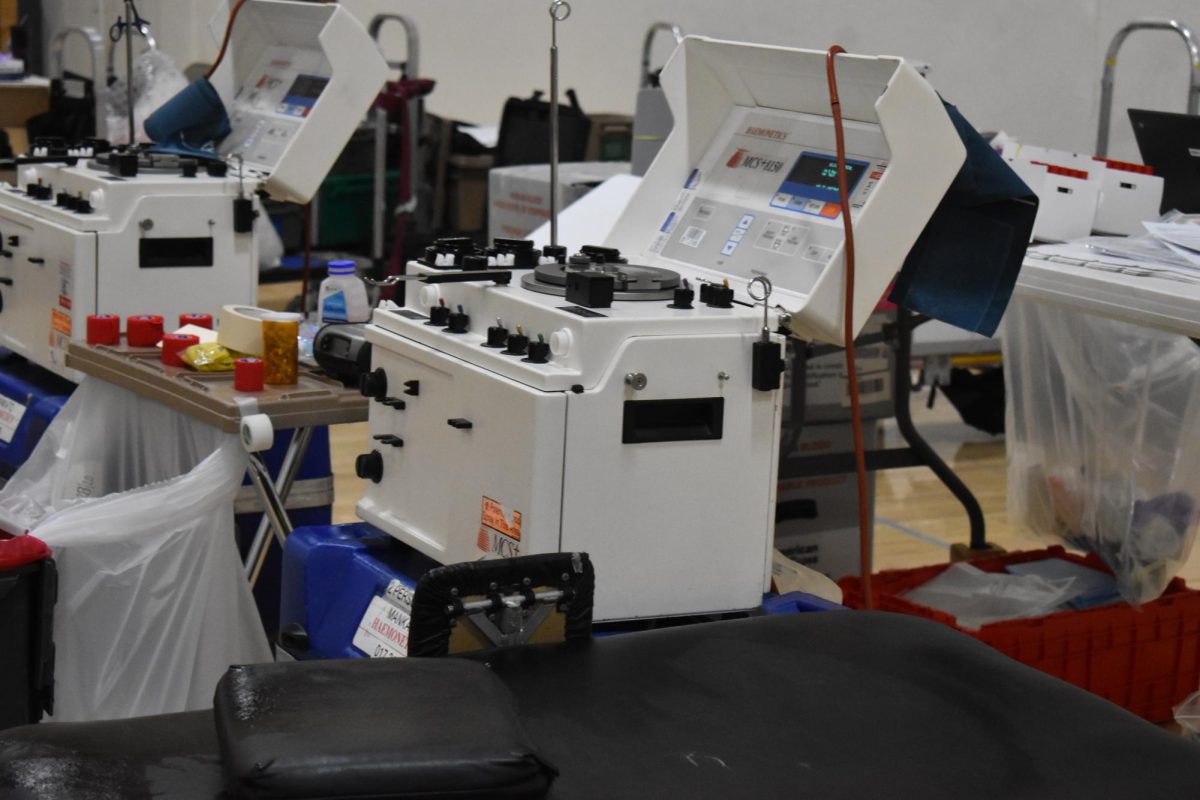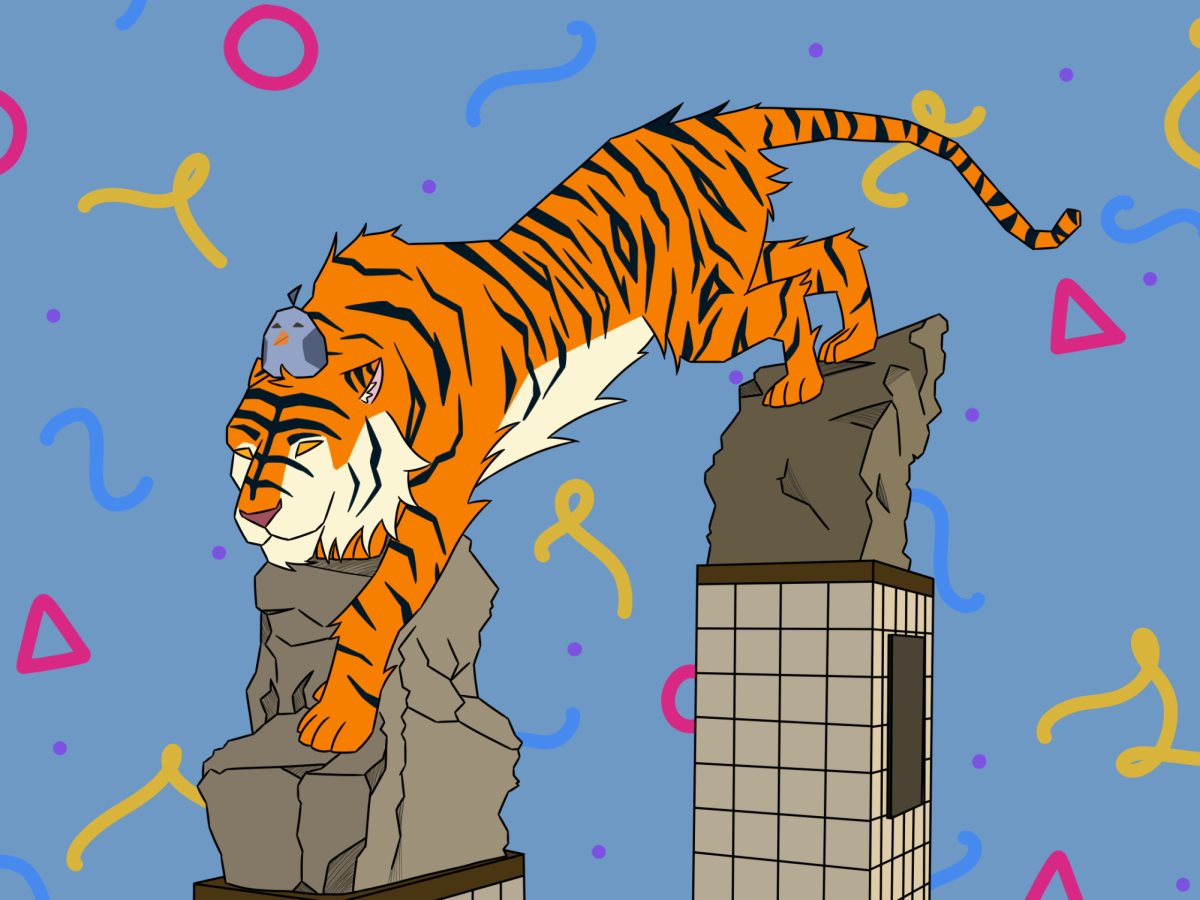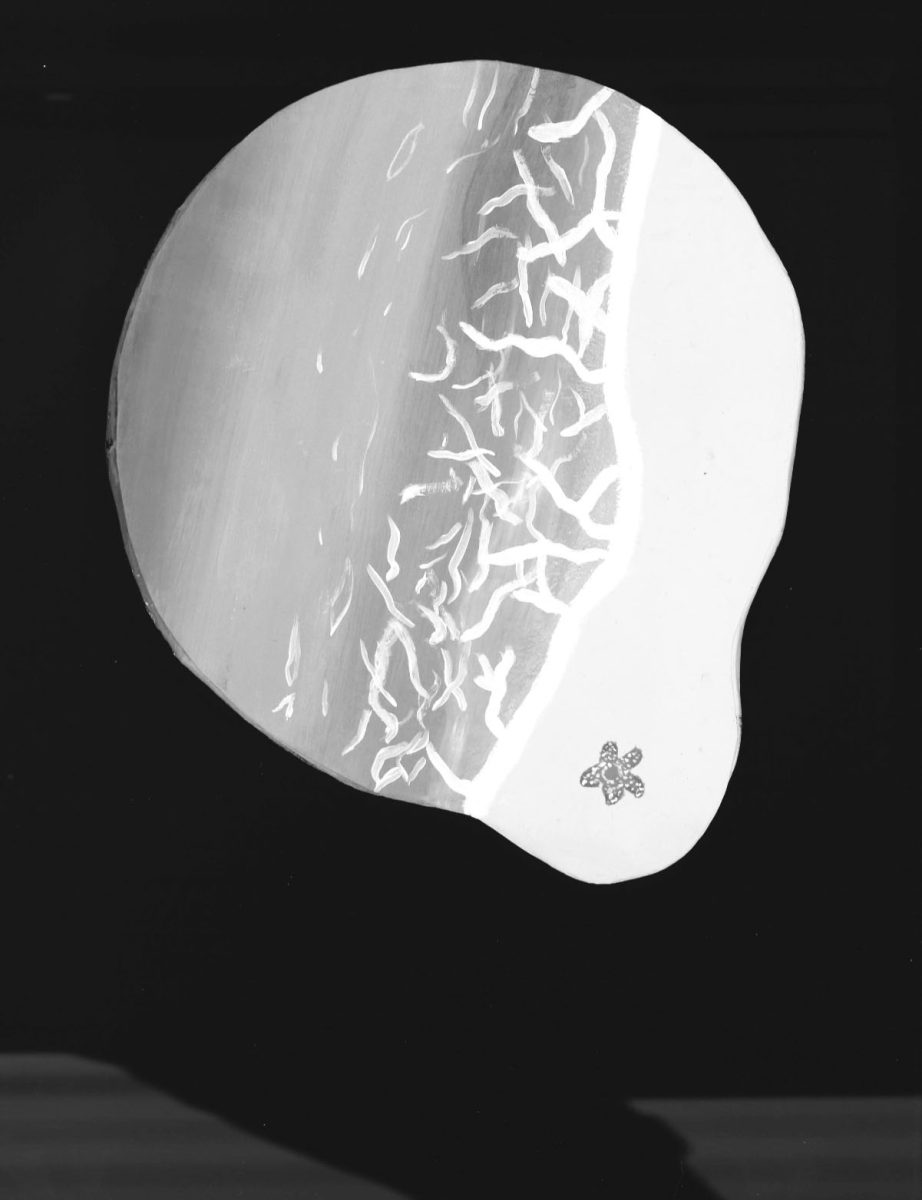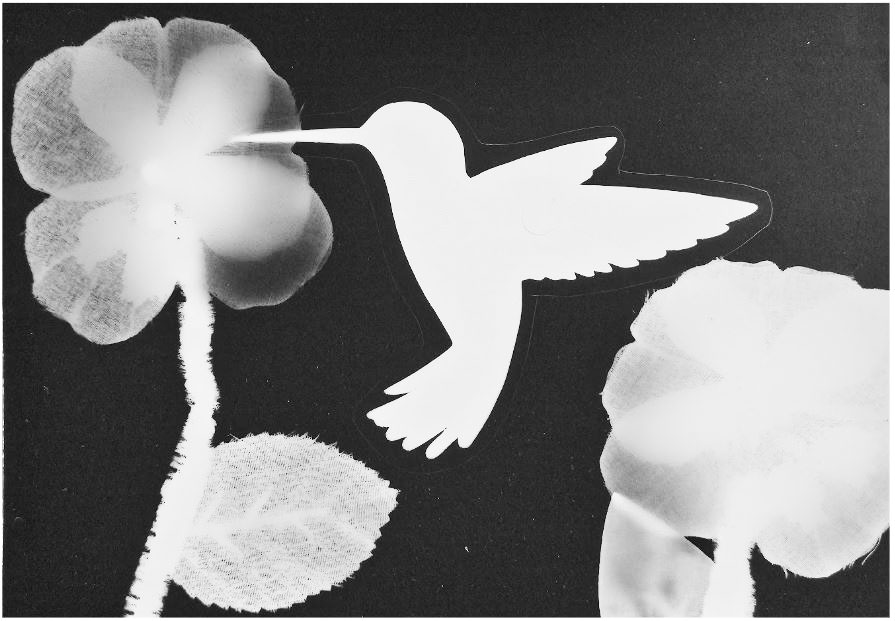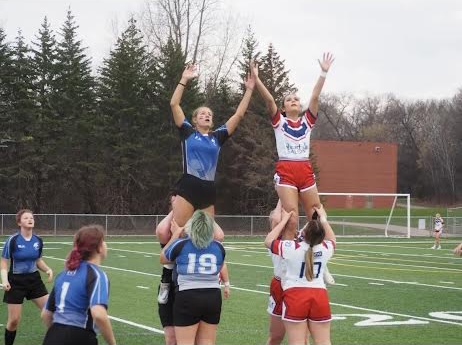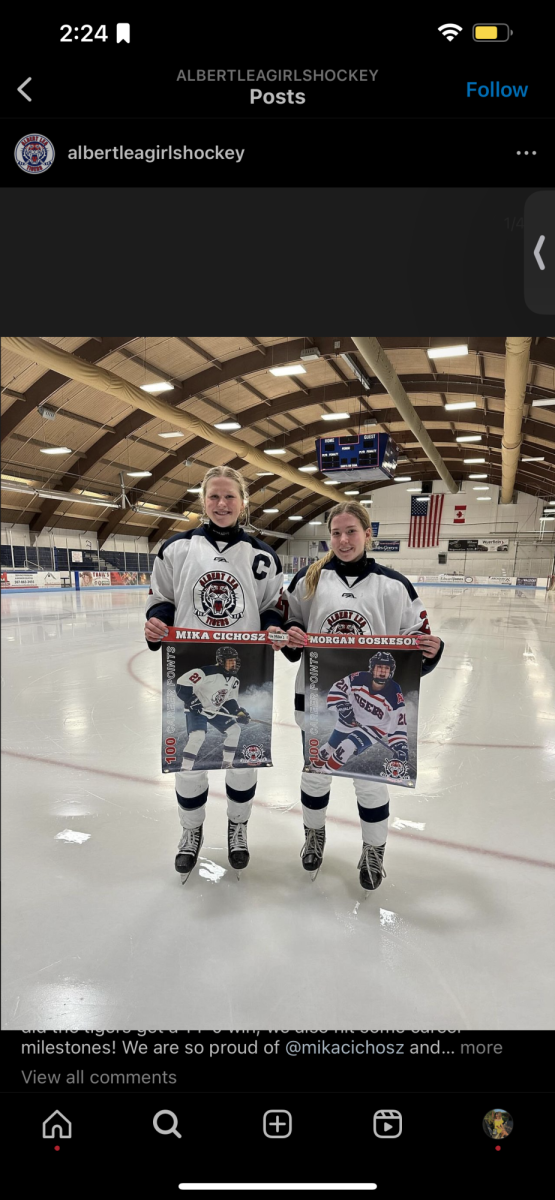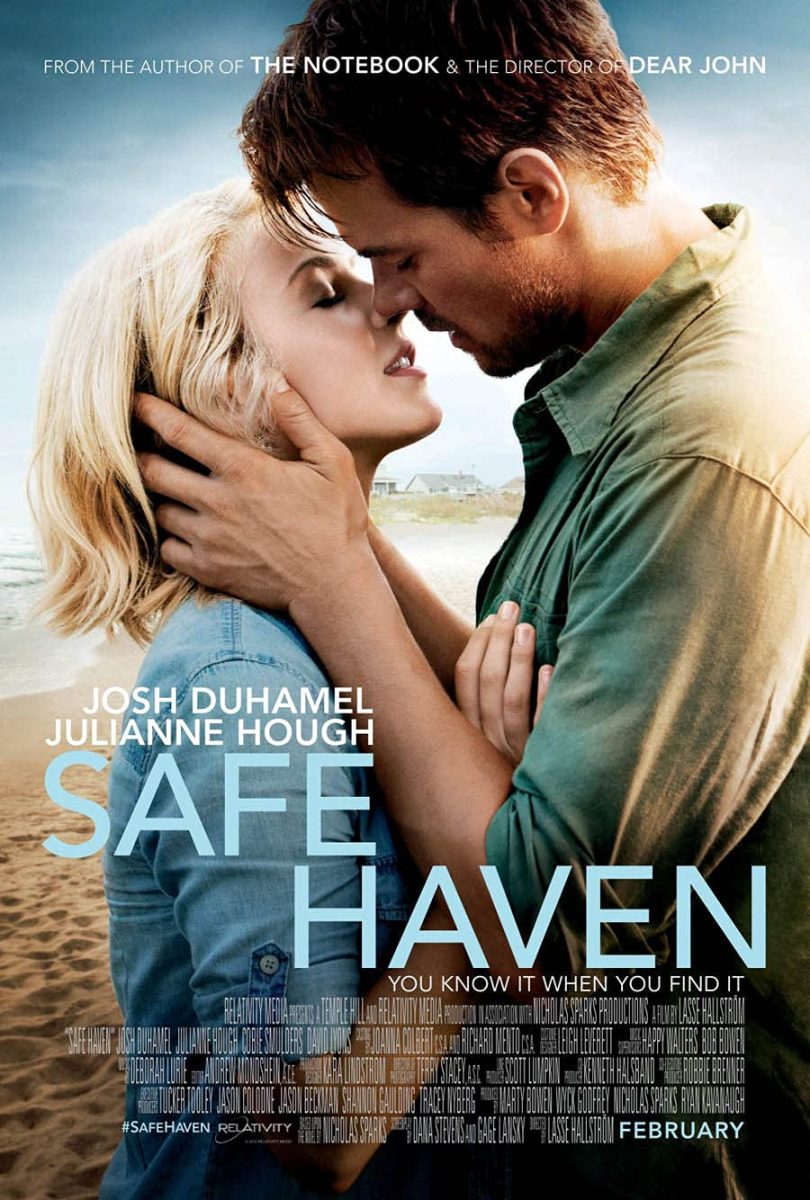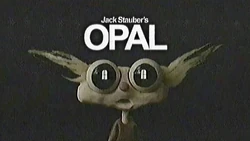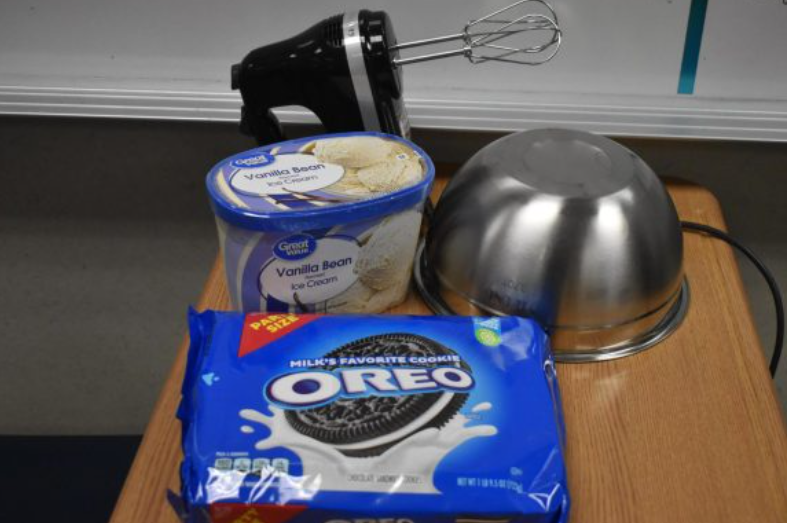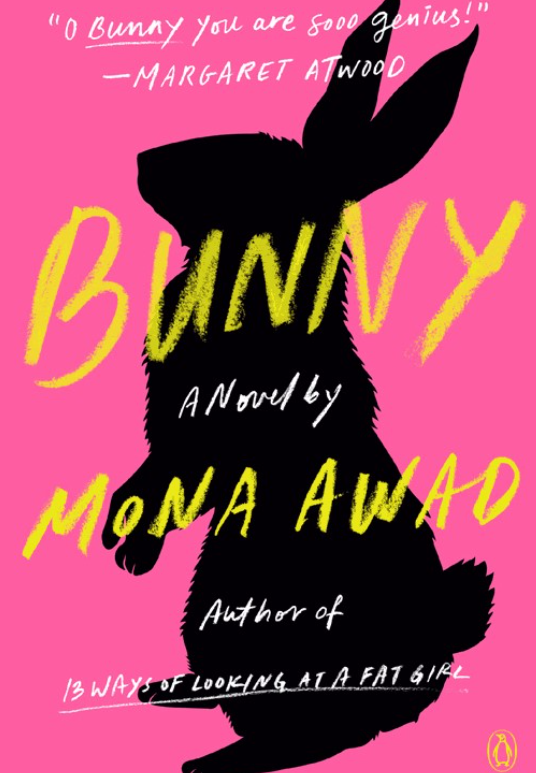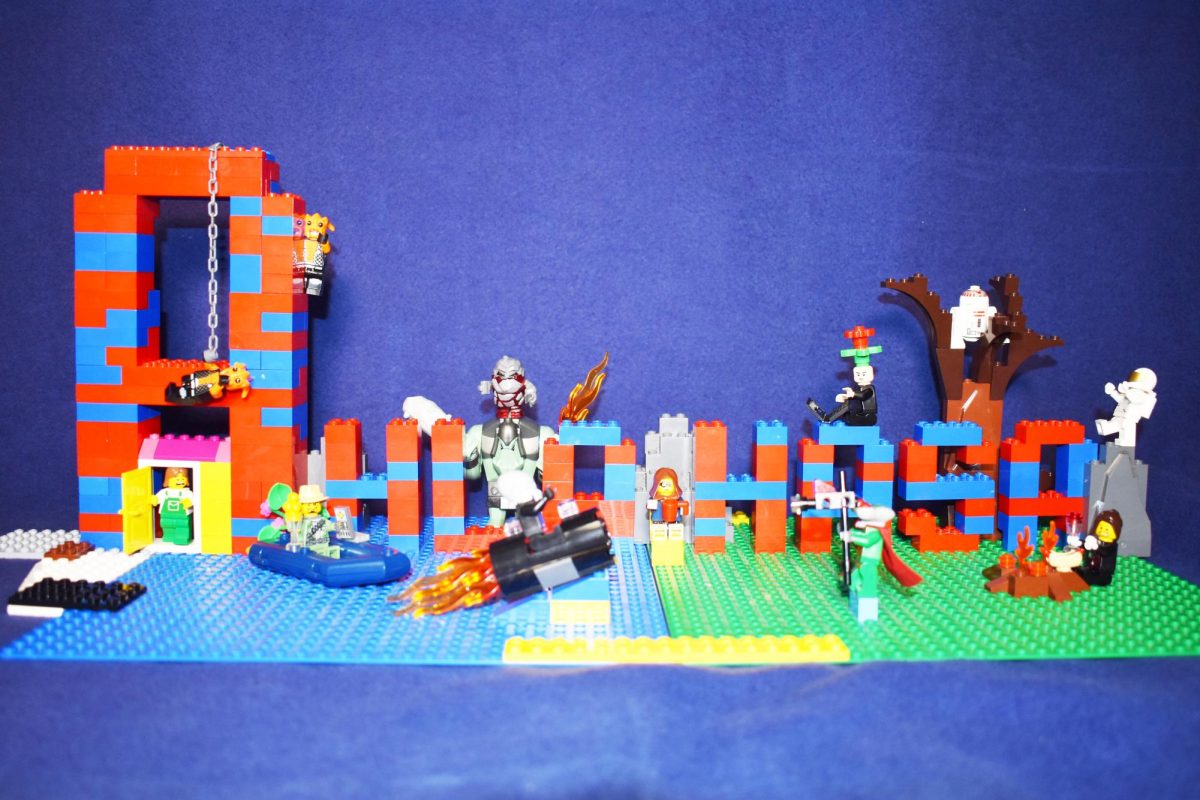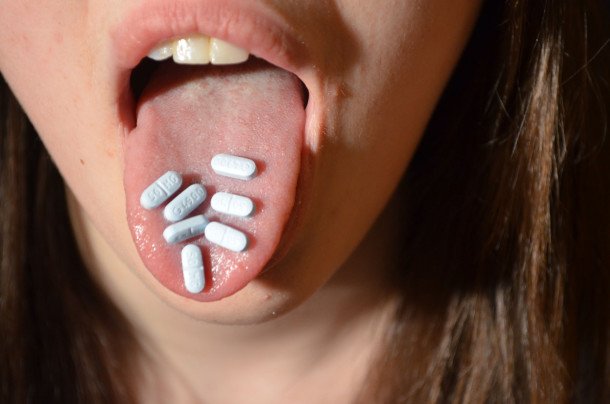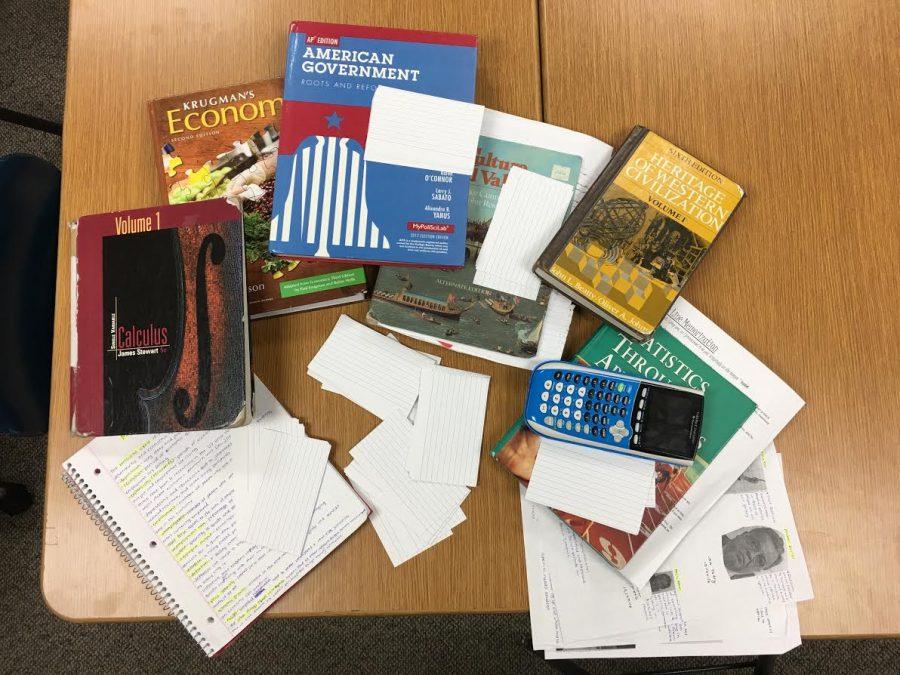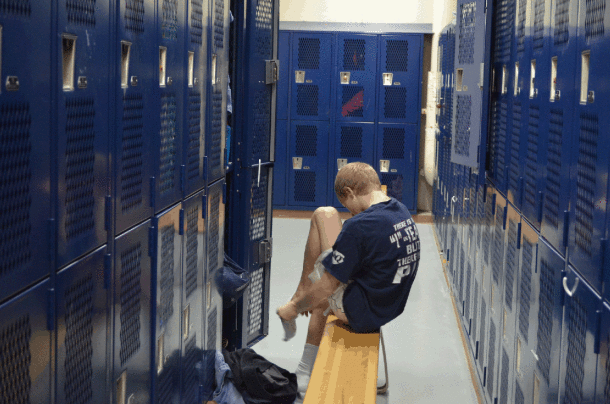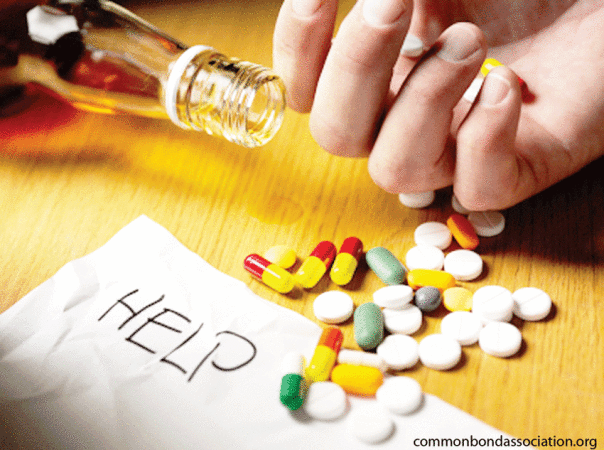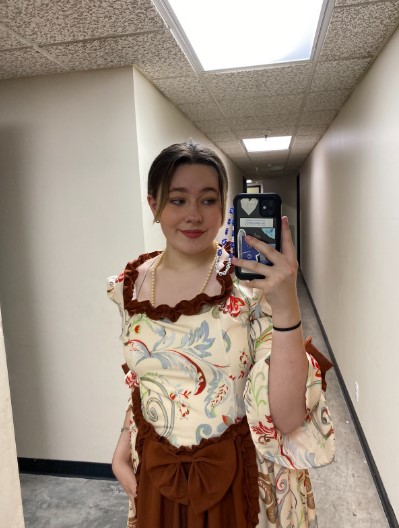In the past 10 years self-harm has become more visible in society. In 1996 Princess Diana revealed she struggled with depression and self-harm.
According to World Health Organization and The National Institute of Mental Health (NIMH), 350 million people worldwide suffer from depression. Of those 350 million, 18 million are in the U.S. Two-thirds of those never seek help to treat their depression.
Thirty percent of teens with depression develop a substance abuse problem, according to NIMH. Furthermore, self-harm is categorized as one of those substances. Four percent of the U.S. population struggles with self-harm. Those who self-harm are faced with the myths surrounding their condition.
“You’re just seeking attention.”
“You do this to yourself so it’s not that serious.”
“You enjoy the pain?”
“Can you actually feel that?”
“There’s nothing to be upset about,” friends and family of self harmers say. “At least you have a roof over your head.”
Depression isn’t something people snap out of and self-harm isn’t a habit easily kicked. Suicide attempts are 20 times more likely than completed suicides, but people who self-harm are not attempting suicide. Experts say it’s a coping method that carries serious risks.
“Relief,” Behavioral Health specialist and psychologist Ellie Wiemerslage said to why patients self-harm. “[It] affirms they are alive. There is some evidence that it releases endorphins, the ‘feel good’ brain chemicals.”
While it’s debated on what qualifies as self-harm, Wiemerslage emphasizes that anything that puts a person at risk can be considered self-harm. That includes drinking, unsafe sex, over-exercising, scratching or rubbing the skin to the point of being raw.
“If they want to stop self-harming they can challenge themselves to try new things and learn new coping strategies,” Wiemerslage said.
While there are many medications and different forms of therapy to help people struggling with self-harm or depression, it isn’t always easy to reach out for help. Wiemerslage suggests friends and family of self-harmers should encourage them to talk to a psychologist. Like any other illness, a supporting group of peers is helpful to those who self-harm.
There are many programs and organizations that reach out to help teens struggling with depression and self-harm. To Write Love On Her Arms (TWLOHA) is a well-known non-profit organization. It’s dedicated to finding help for those with depression and self harming. Their vision is one of hope.
“… hope is real. You are not alone and this is not the end of your story,” reads the TWLOHA website.
The story started in 2006 when one of the founders wanted to reach out to people struggling with depression, addiction, self-harm and any other mental conditions. They started selling T-shirts to raise awareness and bands like Anberlin and Switchfoot wore them and started a trend among teenagers. They also created a MySpace page to spread their message across the web. The message of TWLOHA will always stay relevant; if someone is struggling, get help and have hope.
“The butterfly Effect” has been circling around social networks this year. The butterfly effect is a movement that started on Tumblr. tbutterflyeffect.tumblr.com is a blog filled with people with butterflies drawn on their wrists. The mission of the movement is like TWLOHA, to encourage those who are struggling to find help. When one is contemplating hurting themself, they draw a butterfly on their wrist. The butterfly symbolizes beauty and reminds them they won’t always feel this way.



